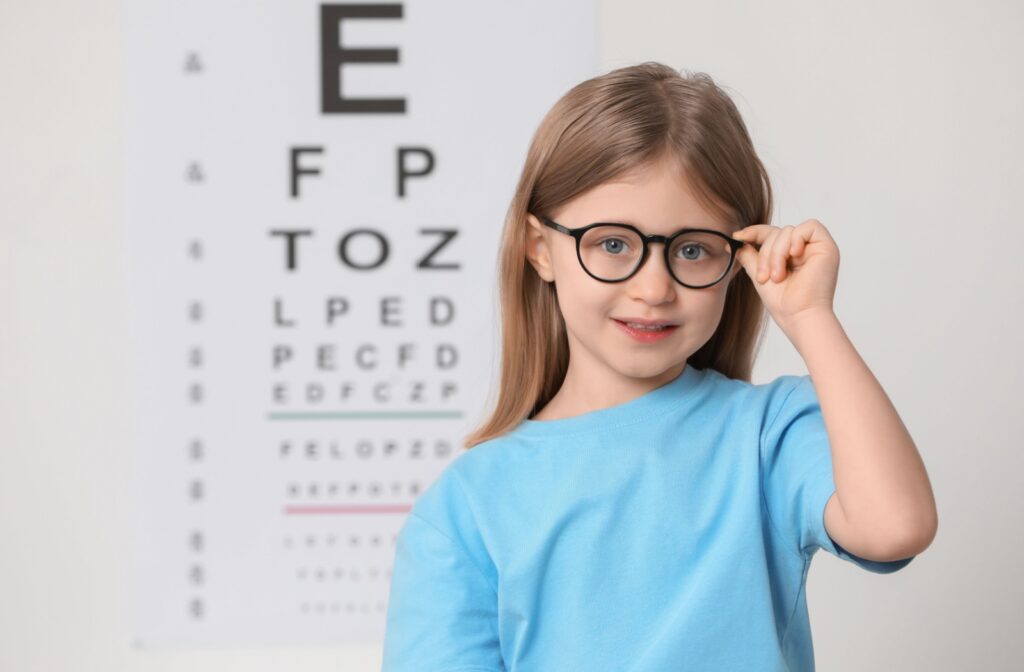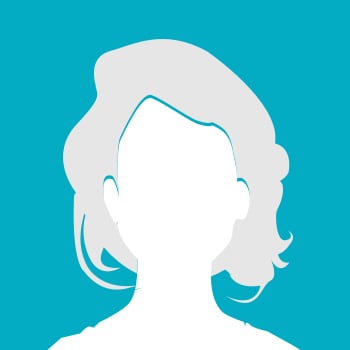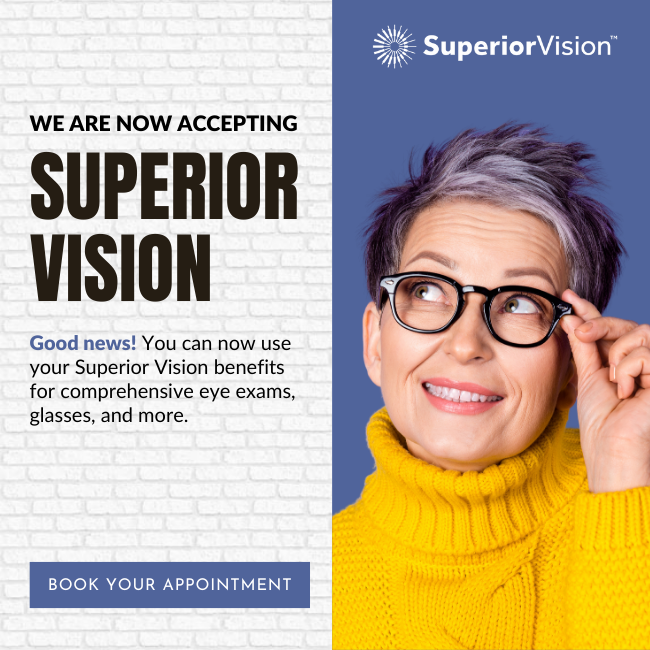If your child has been diagnosed with myopia, you may have heard of myopia control glasses as a treatment option. But what exactly are they?
Myopia glasses are specially designed lenses that not only correct nearsighted vision but also help slow down the progression of myopia over time. They work by reducing the strain on the eyes and controlling how light focuses within the eye, making them different from standard single-vision glasses.
In this blog, we’ll explore what myopia is, how myopia glasses work, and answer some common questions.
What Is Myopia?
Myopia, also called nearsightedness, is a common vision condition where objects up close appear clear, but distant objects look blurry. This happens when the eyeball is too long or the cornea is too curved, causing light to focus in front of the retina instead of directly on it.
Myopia often develops in childhood and tends to worsen as children grow. Left unmanaged, myopia can progress and increase the risk of future eye conditions such as retinal detachment, glaucoma, or macular degeneration. That’s why controlling myopia, rather than just correcting it, is such an important part of children’s eye care.
How Do Myopia Control Glasses Work?
Traditional glasses simply bend light so that it focuses correctly on the retina, providing clear vision. Myopia control glasses, however, go a step further.
These lenses use particular designs—such as peripheral defocus or multifocal zones—to alter how light enters the eye. The goal is to have light hit the outside of the retina in a way that tells the eye that it shouldn’t grow longer. This slows the progression of myopia.
Do Myopia Control Glasses Actually Work?
Research has shown that myopia control glasses can indeed be effective. Clinical studies have demonstrated that certain designs of myopia management lenses can slow myopia progression by about 50% on average compared to standard single-vision lenses.
It’s important to note that results vary from person to person. Some children may see a more significant slowing effect, while others may see a smaller benefit. Still, these lenses provide a safe, non-invasive, and easy-to-use option for managing myopia progression in children.
Is It Worth Getting Myopia Glasses?
For many families, the answer is yes. While myopia control glasses may cost more than standard glasses, the long-term benefits can often outweigh the initial expense. Slowing myopia progression helps reduce the risk of developing high myopia, which is linked to more serious eye health issues later in life.
Beyond long-term health, myopia control glasses can also reduce the need for frequent prescription updates. Instead of replacing lenses every few months as prescriptions worsen, children may go longer before needing a change, which can add up to savings over time.
Can I Wear Myopia Glasses All the Time?
Yes, myopia control glasses are designed to be worn just like regular glasses. In fact, in order to be most effective, they need to be worn consistently during waking hours.
Myopia glasses are simple to use and don’t require much adjustment once your child gets used to wearing them. Parents also find them easy to manage.
How Much Do Myopia Glasses Typically Cost?
The cost of myopia control glasses can vary depending on the type of lens design, the brand, and the optical practice where you purchase them. On average, families can expect to spend anywhere from $300 to $600 for myopia control lenses, not including the frames.
While this may seem like an investment, many parents see the cost as worthwhile given the potential long-term benefits to their child’s eye health and vision stability. Some practices also offer payment plans or insurance coverage options, so it’s worth asking about financial assistance when discussing myopia management.
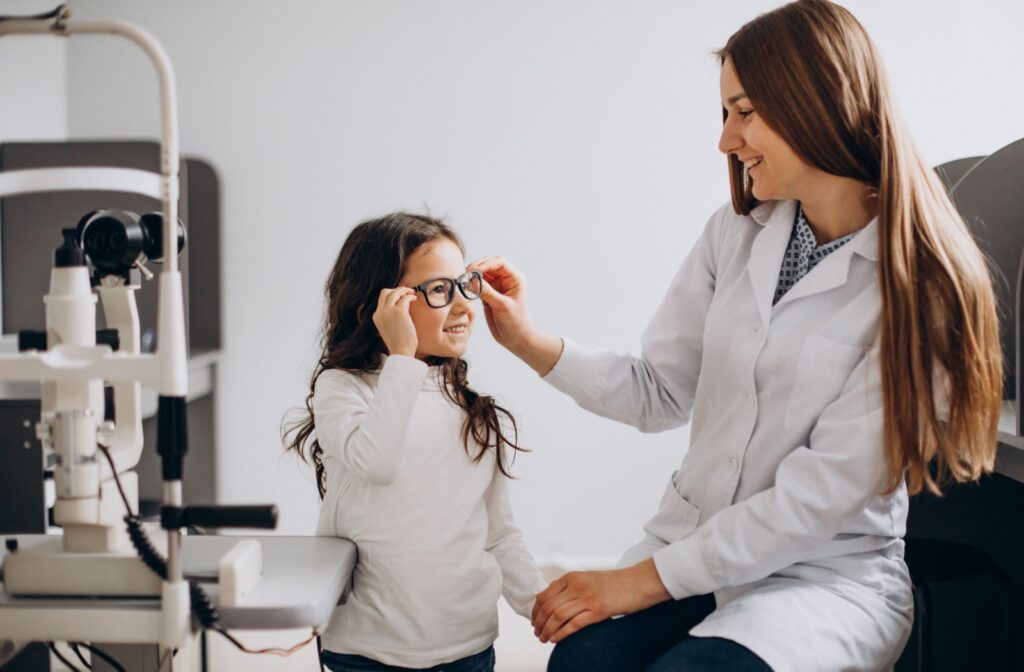
FAQs About Myopia Control Glasses
At what age can children start wearing myopia glasses?
Myopia control glasses can be fitted for children as soon as myopia is diagnosed, which often happens between ages 6 and 14. Early intervention tends to be more effective.
Are there alternatives to myopia glasses?
Yes. Other myopia management options include specialty contact lenses (like orthokeratology or soft multifocal contacts) and prescription eye drops such as atropine. Your optometrist can help determine which method, or combination of methods, is best for your child.
Do adults need myopia control glasses?
Myopia control glasses are recommended for children and teenagers, as that’s when the condition tends to progress the most. For adults, the focus is usually on correction rather than control.
Looking for Myopia Control in League City?
Myopia glasses are more than just corrective eyewear—they’re a proactive way to manage and slow down the progression of nearsightedness, especially in children. By using specialized lens designs, they offer both clear vision and long-term protection against the risks of worsening myopia.
At Restore Vision Center in League City, TX, our team offers myopia management solutions tailored to your child’s unique needs. If you’d like to learn more about myopia control glasses and whether they’re the right choice for your family, contact us today to schedule an appointment.

